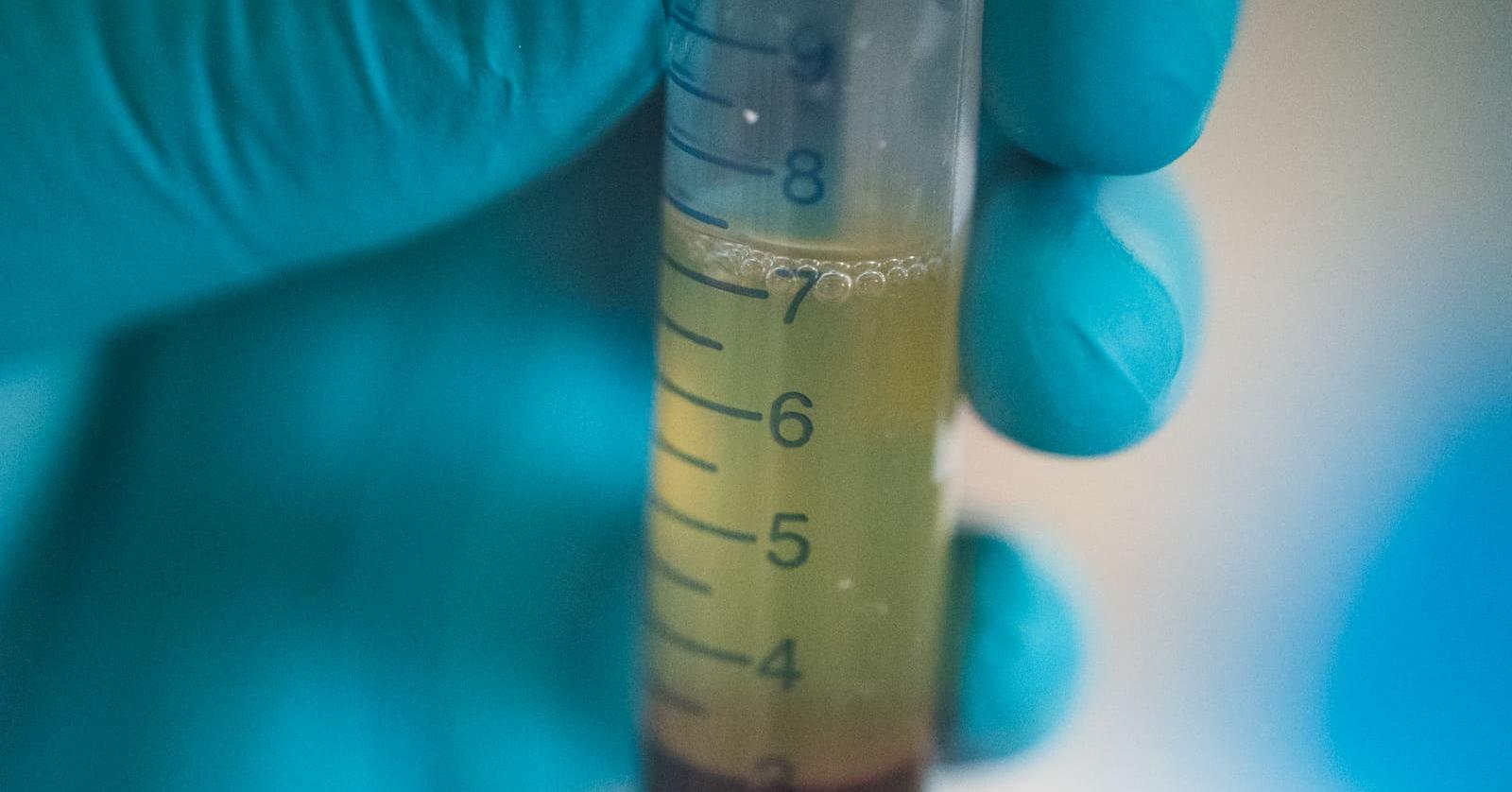Are you curious to know what is a buffy coat? You have come to the right place as I am going to tell you everything about a buffy coat in a very simple explanation. Without further discussion let’s begin to know what is a buffy coat?
In the realm of medicine and laboratory science, the buffy coat is an unsung hero, quietly playing a crucial role in diagnostics and healthcare. It’s the middle layer of a centrifuged blood sample that contains a treasure trove of valuable components, including white blood cells, platelets, and some plasma. In this blog, we will explore the significance of the buffy coat, how it’s extracted, and its vital role in medical diagnostics.
What Is A Buffy Coat?
The buffy coat is a term used to describe the layer of blood that forms between the red blood cells (at the bottom) and the plasma (at the top) when a blood sample is centrifuged. It is often light gray or pale yellow in color and makes up a small fraction of the total volume of the blood sample. The buffy coat contains a concentration of white blood cells (leukocytes), platelets (thrombocytes), and a small amount of plasma.
Key Components Of The Buffy Coat:
- White Blood Cells (WBCs): White blood cells are a critical part of the immune system and play a pivotal role in defending the body against infections and diseases. The buffy coat contains a high concentration of WBCs.
- Platelets: Platelets are essential for blood clotting and wound healing. They are also found in significant numbers within the buffy coat.
- Plasma: While the buffy coat is primarily composed of cellular components, it also contains a small amount of plasma, which is the liquid portion of blood containing various proteins and substances.
Importance Of The Buffy Coat
The buffy coat is of great importance in medical diagnostics and healthcare for several reasons:
- Disease Diagnosis: A detailed analysis of the buffy coat can reveal important information about a patient’s health. Abnormalities in the white blood cell count or characteristics of platelets can be indicative of various diseases, such as infections, leukemia, or clotting disorders.
- Blood Transfusions: The buffy coat can be separated from a blood sample to isolate platelets, which are crucial for patients with low platelet counts or clotting disorders.
- Blood Banking: In blood banks, the buffy coat is separated from whole blood to prepare platelet concentrates, which are then used for transfusions to treat patients with bleeding disorders.
- Stem Cell Collection: Hematopoietic stem cells (HSCs) that give rise to all blood cell types are often collected from the buffy coat for bone marrow transplantation, a treatment for conditions like leukemia.
- Research and Diagnostics: The buffy coat is an essential component in various laboratory tests, from complete blood counts (CBC) to specialized tests for diagnosing infections and blood disorders.
To Find Out About Such Things Follow On AndActivate.
Extraction Of The Buffy Coat
The buffy coat is typically extracted through a process called differential centrifugation, which separates blood components based on their density. Here are the general steps:
- A blood sample is collected in a tube with an anticoagulant to prevent clotting.
- The sample is then placed in a centrifuge and spun at high speed. During centrifugation, blood components separate based on their densities, with red blood cells sinking to the bottom, plasma rising to the top, and the buffy coat forming in the middle.
- The buffy coat is carefully extracted, and its components can be analyzed or processed for various medical purposes.
Conclusion
While often overlooked, the buffy coat is an indispensable component in modern medicine and healthcare. Its high concentration of white blood cells, platelets, and some plasma allows for valuable diagnostic insights and treatments in a wide range of medical conditions. From diagnosing diseases to providing crucial components for transfusions and research, the buffy coat quietly plays a vital role in improving and saving lives.
FAQ
What Is In The Buffy Coat?
The buffy coat is simply a concentration of all the white blood cells and platelets in a sample of blood. To prepare a buffy coat, a special machine spins the blood sample at very high speed in a process called centrifugation (much like a spinning ride at an amusement park).
What Is Buffy Coat And What Are Its Uses?
Buffy coats are commonly used for DNA extraction purposes from mammalian blood. A relatively small sample of buffy coat can yield a large amount of DNA of high quality, integrity, and functionality.
Why Is It Called The Buffy Coat?
When researchers put the sample through a centrifuge, a machine that spins the blood, those WBCs and platelets combine to form their own layer suspended between the red blood cells (RBCs) and supernatant plasma. This thin layer is called a buffy coat because of its color (yellowish to brownish).
What Is A Buffy Coat Quizlet?
The buffy coat (the creamy white zone between the yellowish plasma and the red erythrocytes) consists of white blood cells and platelets. It constitutes less than 1% of whole blood.
I Have Covered All The Following Queries And Topics In The Above Article
What Is A Buffy Coat In Blood
What Is A Buffy Coat Layer
What Is A Buffy Coat?
What Is A Buffy Coat Used For
What Is A Buffy Coat Made Of
What Is A Buffy Coat In Blood
Why Is It Called Buffy Coat
When Does Buffy Coat Size Increase
What Does A Large Buffy Coat Mean
Normal Thickness Of Buffy Coat
Buffy Coat Transfusion
What Is A Buffy Coat
What is the buffy coat
